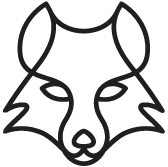In previous blogs, we’ve explored how you can more equitably and more efficiently find top-ranking candidates using AI and cutting-edge tech, as we here at Workwolf do. But, of course, the hiring process doesn’t end there. In fact, a 2017 Career Builder report showed that 2 in 5 HR professionals who complete onboarding tasks manually spend 3 or more hours on collecting new employee data (per employee) alone. And while, as previously stated in another blog of ours, it cannot replace recruiters and hiring professionals, certainly, AI can improve your onboarding process.
Read on to find out how you can spend more time connecting with the new employee and making them feel welcome and prepared for their everyday work processes by using AI to significantly cut down your onboarding process time.
3 Ways Using AI Can Improve Your Onboarding Process
Even if you’re new to this whole *waves around vaguely* AI thing, there’s no reason why you can’t use AI to your benefit when onboarding new employees. Certainly, with time, you’ll learn more about how to prompt more precise answers or functions from certain software.
But even beginners can use certain forms of AI to improve the more tedious, mundane tasks that can distract from the real task at hand: making an employee feel welcome and well-introduced to their team and their tasks at hand.
Specifically, AI can be used to enhance user guidance and training during their onboarding processes so that they feel more thoroughly integrated into the company sooner than they might without.
Here are three specific ways you can use AI to improve your onboarding processes.
1. Personalize Your Employee’s Onboarding Plans
When it comes to onboarding processes, a little personalization can go a long way. New employees want to feel valued and specifically considered when joining the team.
You can use AI to create personalized onboarding plans based on the employee’s previous work experience and training, existing skills, and the skills they’ll need to hone for their new position. You can do so by feeding an AI-driven learning management system (LMS) these pieces of information about the candidate.
In exchange, the LMS will recommend relevant plans of action, including specific training the employee will need to smoothly integrate into the company. As well, the LMS can track training modules and recommend additional training based on the employee’s progress and their skills gaps.
As Clear Company suggests, “
2. Automate All Required Documentation and Compliance Forms
Ensuring your new employee has completed all of the necessary paperwork required during their onboarding process is a tedious and tiresome task. And again, checking paperwork rather than engaging meaningfully with your new team member can be the difference between a successful and unsuccessful onboarding process.
Luckily, there are AI platforms that can automate this process and ensure all necessary documents are signed and collected according to legal and regulatory requirements.
You can do so by feeding the platform all the necessary documentation and compliance forms required for onboarding new employees. This may include employment contracts, tax forms, confidentiality agreements, company policies, and safety regulations. (And yes, this might be tedious, but once you complete it once for the role, you can keep this list on file for the future.)
Ensure that all documents are available in digital formats and stored in a central repository or document management system. Then, using these document systems, you can extract, summarize, and classify the data offered in these forms.
3.Monitor Your Employees’ Ongoing Performance
Once your employee is off to the races with their first tasks, you’ll, of course, want to be able to track how they’re doing while also offering them the room they need to work without feeling you’re hovering over them.
Here’s where AI can come in one last time in the onboarding process, but countless times over with long-term uses in measuring and determining training and development strategies.
You can do so by first defining your key performance indicators (KPIs). These are measurable and specific goals that you can base your understanding of your employee’s current processes off of to measure how well they’re doing. This might be how quickly they complete a project, what their sales rates are, or their customer satisfaction reviews.
Then, you can develop or implement existing AI software that collects and analyzes the data you feed it. And crucially, using AI to do so will ensure that the data collected and analyzed is both accurate and consistently measured in one centralized system.
And, of course, this doesn’t have to be a one-time process. You can continuously track employee performance data by setting up a real-time monitoring system. This way, your employees will receive immediate feedback whenever necessary, and because it’s automated feedback, they’ll still feel as though they have enough room to test strategies out and grow without feeling you’re hovering over their work.
Do you use AI software to complete any further processes when onboarding new employees? We want to hear from you! Leave a comment on our latest LinkedIn post sharing your thoughts and ideas. We can’t wait to hear what you have to offer.







